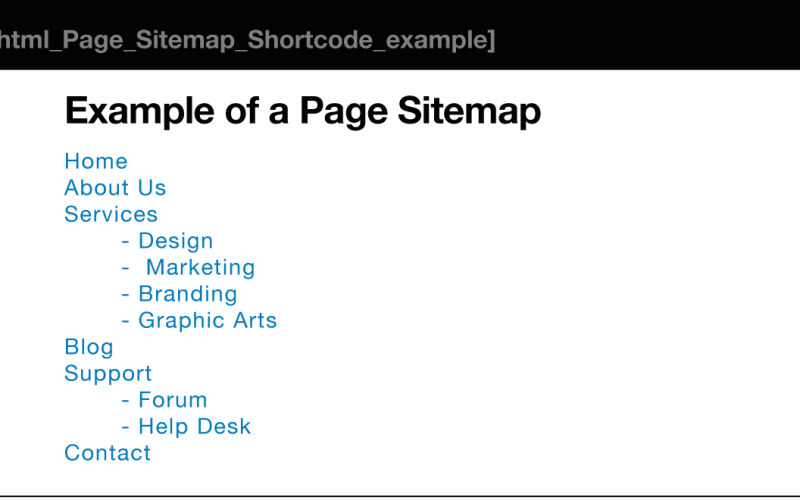It is important for us to begin this post by explaining that there IS value to having a HTML sitemap for your website – particularly when it comes to 404 pages, as they allow users who stumble upon a forbidden page to find a suitable way out of the situation, but not out of your site entirely. That being said, just how necessary are they for appeasing Google and other search engines?
Google does an excellent job of finding content on pages even if it is not tied to a well-formed navigational structure. HTML sitemaps come in handy when Google crawls your site naturally, not using an XML sitemap.
A question regarding the importance of HTML sitemaps came up last year during a Google hangout. A user asked: “We know HTML sitemaps can be useful for users, but is there any added SEO value in them if we already use XML sitemaps that have been submitted to Search Console?”
In response, Google Webmaster Trends Analyst, John Mueller said:
“Is there any SEO value in HTML sitemaps? Sometimes. It can definitely make sense to have these kind of sitemaps, which are essentially a mapping of your category and your detail pages – especially if we can’t crawl a website normally otherwise.
“If you have a really complicated navigation structure, maybe if you have pages that are almost connected through search forms rather than a logical structure, then having at least one place where we can understand the structure of the site, based on links, that can really help us.”
In this case, it is actually more important that you listen to how Mueller answered the question, rather than just reading the words he used, so we’ve included the hangout below:
Do you use a HTML sitemap for your site? If not, why not?
We are Connect – an award-winning digital technology agency. We blend creativity, technology and data to help organisations accelerate in the digital landscape. Connect with us to take the first steps towards your digital transformation.


Comments are closed here.